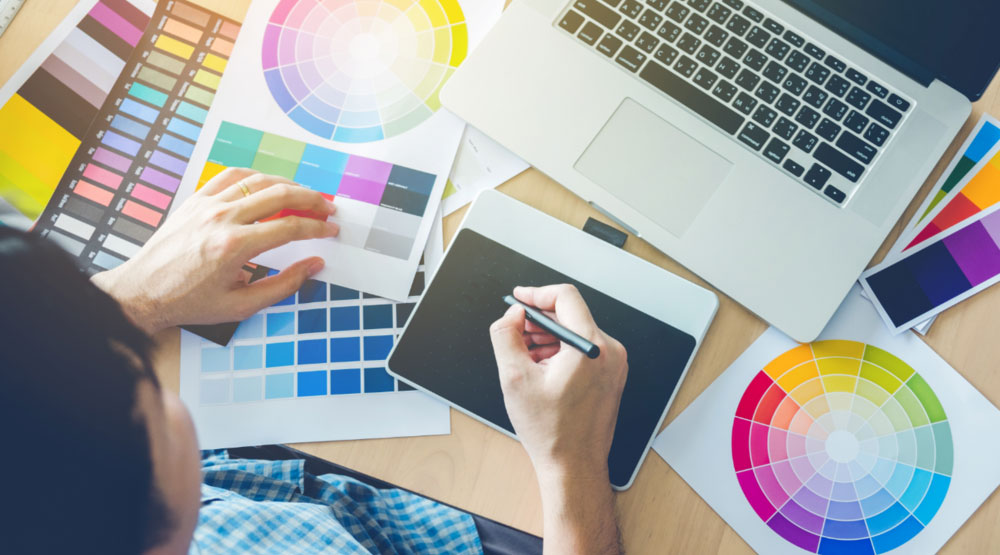When it comes to marketing live events, concerts, competitions, and other gatherings, an event poster is a great way to build awareness and buzz in a local market. But with so much different design inspiration out there, how do you know which direction to go?
We have a few carefully selected tips and techniques to help you design a poster that generates buzz and motivates people to attend your event. Take a look:
- Identify Your Goal
Every event poster needs a goal. And it needs to be very specific. Examples include:
- To announce a new event
- To explain what the event will be about
- To motivate people to purchase tickets
- To promote brand awareness in conjunction with the event
These all sound like similar goals, but each objective requires a slightly different approach. Understanding your goal from the start allows you to design with purpose and confidence.
- Clarify Your Audience
The next step is to clarify your audience so you can make educated design decisions that are intended to move the right people to action.
It’s not enough to say you want to reach everyone who passes by. You need to figure out which people are right for the offer you’re presenting. It’s much easier to design a compelling event poster when you know you’re targeting 18-30-year-old single guys who like sports (as opposed to everyone who walks past a kiosk in the mall).
- Select a Size
Posters come in all shapes and sizes. However, the most common poster sizes you’ll see are 11×17, 18×24, 24×36 and 27×40.
The poster size you select will depend on a variety of factors, such as the poster’s goal (identified in step one), the intended location, how many posters you’ll need, your budget, messaging, etc.
Event posters tend to be large when placed in a location where they’ll be viewed from a distance and smaller when hung on a bulletin board (11×17 works well in this latter case). However, it’s ultimately your call.
- Choose the Right Color Scheme
You might think selecting colors is as easy as plugging in the different pantone codes for your brand’s logo, but it goes much deeper than this. You need to embrace the power of color psychology to make people feel the right emotions to move them to action.
It’s also smart to use the rule of three. This means you pick one primary color and two complementary colors. The primary color gets used roughly 60 percent of the time, the first complementary color gets used 30 percent of the time, and the other complementary color is used 10 percent of the time.
- Use Hierarchy to Make Content Digestible
There needs to be some sort of visual hierarchy in order to make your content more digestible. The most important information goes in large font. The details get plugged in with smaller fonts (so as not to distract from the bigger objective).
Play around with elements like typography and spacing to see how you can manipulate the poser’s design to serve the precise intended purpose. It’s all in the details!
Does it Pass the Blind Test?
You can think you have the perfect poster, but you’re ultimately blinded by your own bias. It’s easy to get so caught up in specific design elements that you miss the big picture: Compelling people to attend the event you’re promoting.
So before you actually print and distribute your event poster, make sure it passes one simple blind test. Show the poster to a child somewhere between the ages of 8-12 (old enough to read well and be familiar with basic advertisements) and ask them to tell you what they think the poster is about. (They should regurgitate something about the event you’re promoting.) Next, ask them what the next step is if they want to attend the event and/or learn more. (They should be able to point to website URL, phone number, or specific info regarding date, time, location, or ticket information.)
If an 8-12-year-old child can’t tell what the poster is about and the appropriate next step to move to action, you haven’t done your job. The poster needs to be redesigned in such a way that it can accomplish both of these things within five seconds or less. If the child passes the blind test with flying colors, you’re one step closer to bringing the poster to print!

Leave a Reply